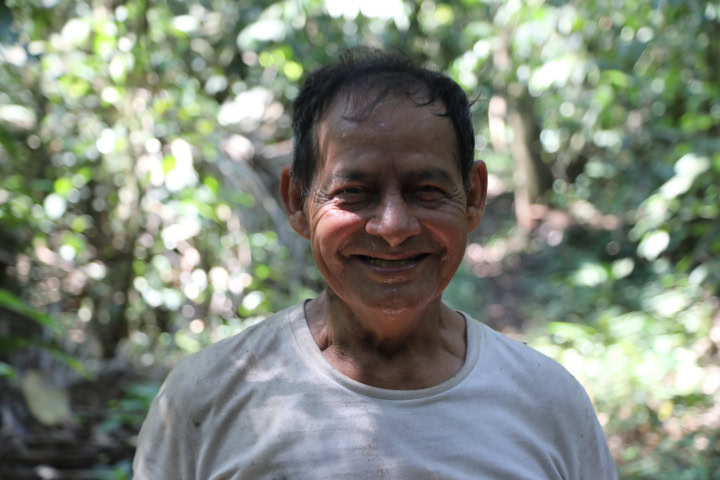“In Madre de Dios, they cut many trees,” adds Rodríguez, who was himself a miner before he came to realize the negative impacts. “We are losing many special species.”
But Camino Verde, or Green Way, is fighting to preserve these native plants before they’re lost forever — and it is helping them to blossom in the long-term through the support of (and benefit to) local communities.

The nonprofit, which was officially registered in 2007, was set up by the American agroforester Robin Van Loom, now the nonprofit’s executive director, after he visited the area as a student. Camino Verde is based in the buffer zone of a nature reserve in Tambopata province, with a team of about 25 Peruvians leading the effort.
Van Loom was fascinated by the cultural side of Amazonian agriculture and sought to learn more about the traditional methods. But when he asked around, even at local nurseries and government offices, about native species — “What season do these trees produce seeds?” or “Does anyone still plant these?” — most people had no idea. He could find people’s houses made out of a certain tree, but not the seeds.
“It was striking how at a community level you could go from having a lot of a type of tree to nothing in the blink of an eye,” says Van Loom. “If a tree is being lost from the wild, and nobody knows what the seeds look like, it is on the way to extinction.”
Crushed by negative news?
Sign up for the Reasons to be Cheerful newsletter.
The prized, reddish-brown timber mahogany, for example, is already commercially extinct in Peru due to overexploitation. And many other species, such as Brazilian rosewood, a valuable timber known for its floral aroma (it was an original ingredient in Chanel No.5 before overharvesting pushed up prices), are critically endangered.
So, as Van Loom puts it: “We rolled up our sleeves and got planting.”


